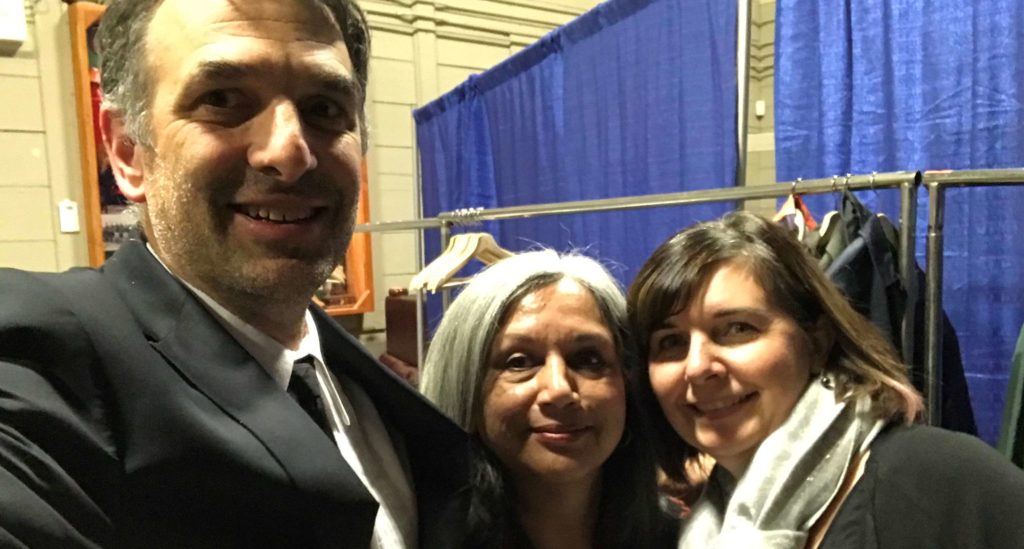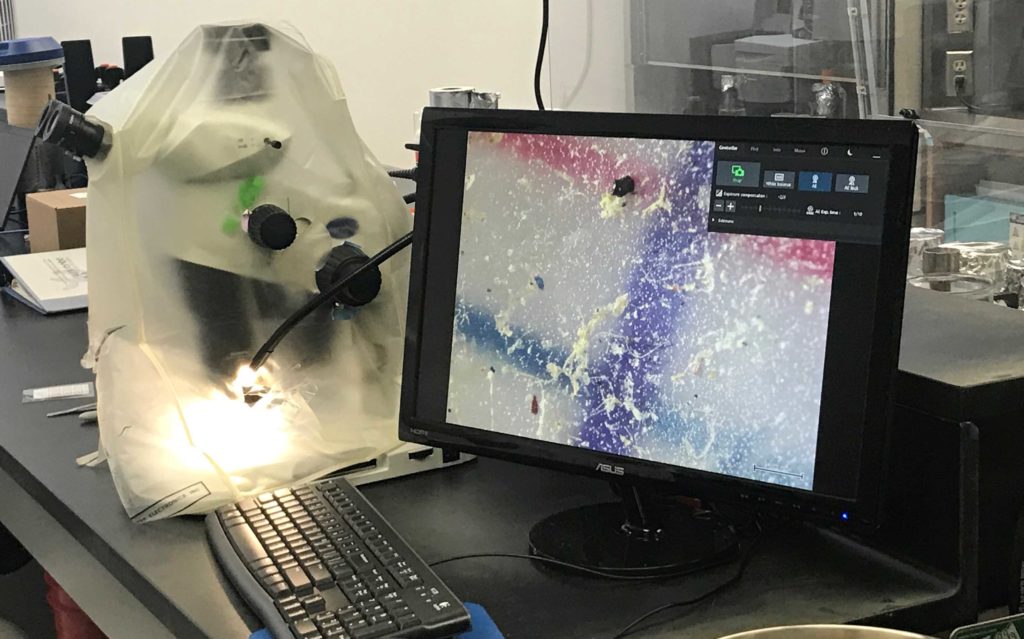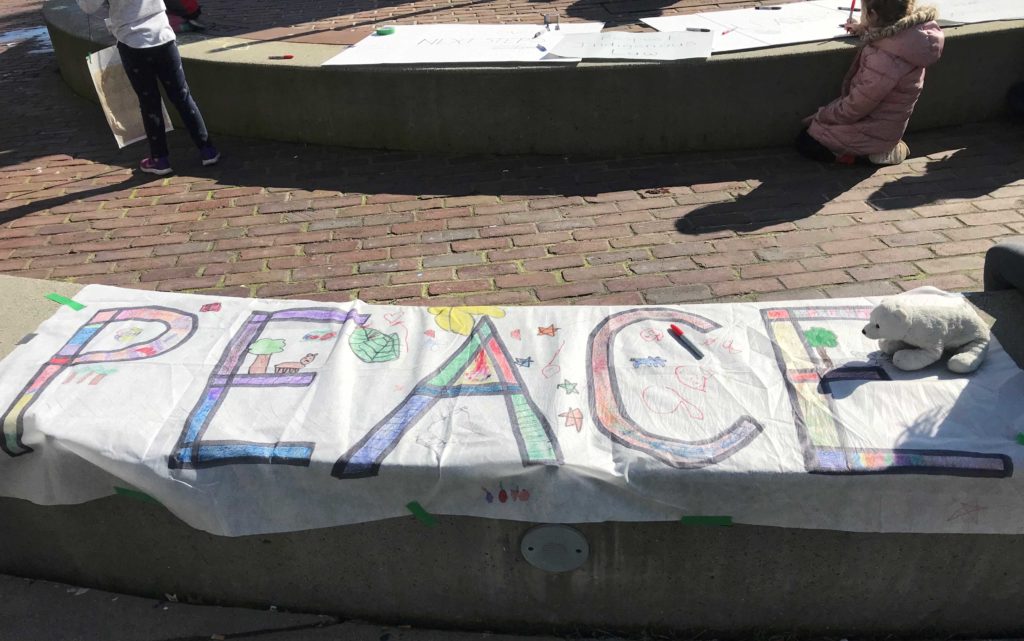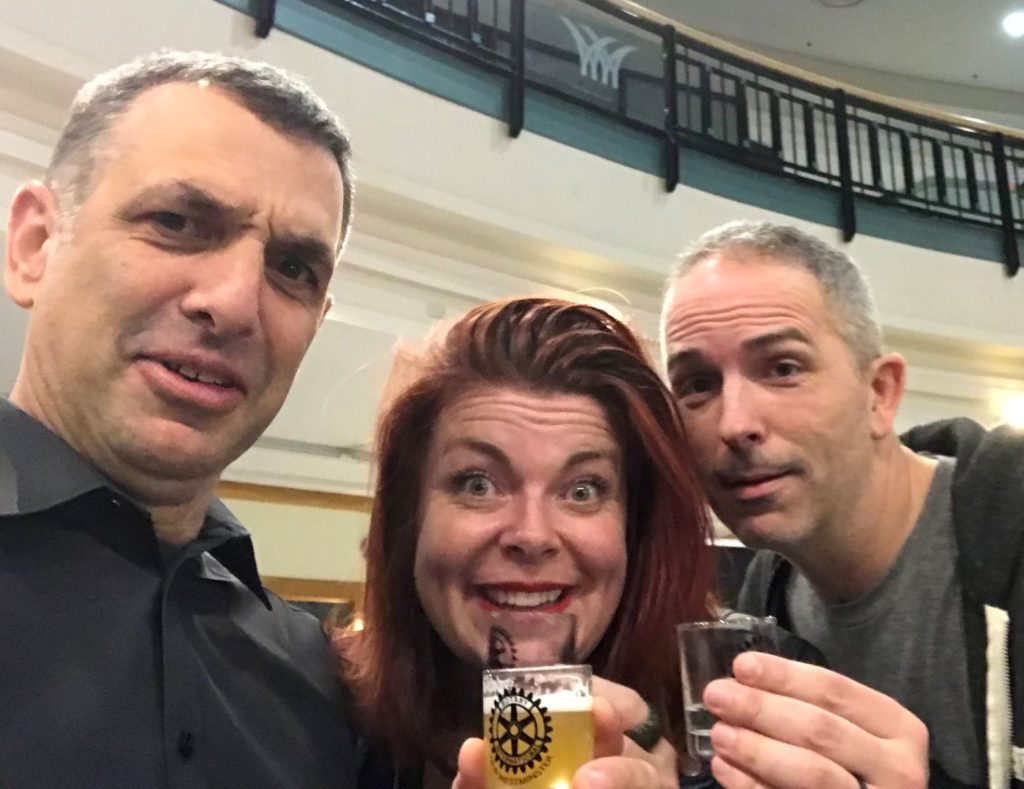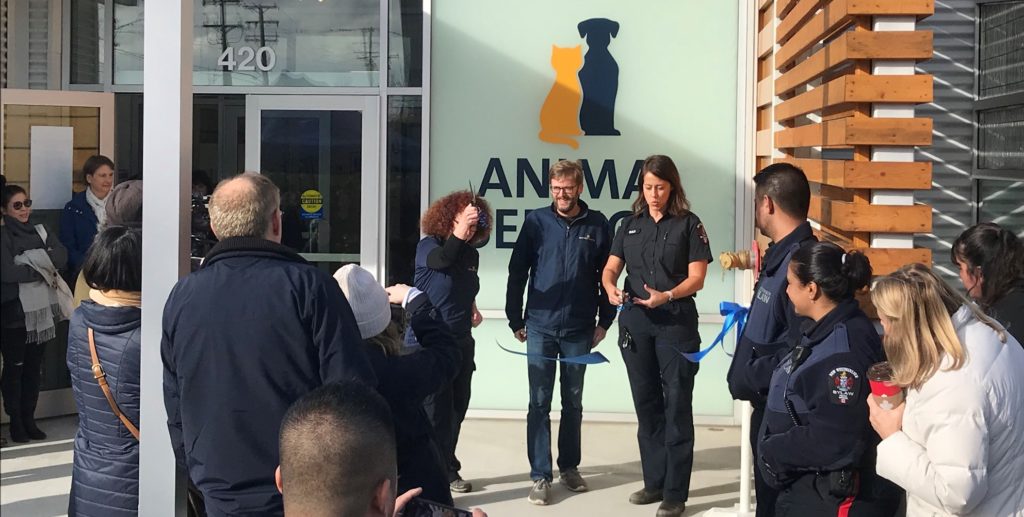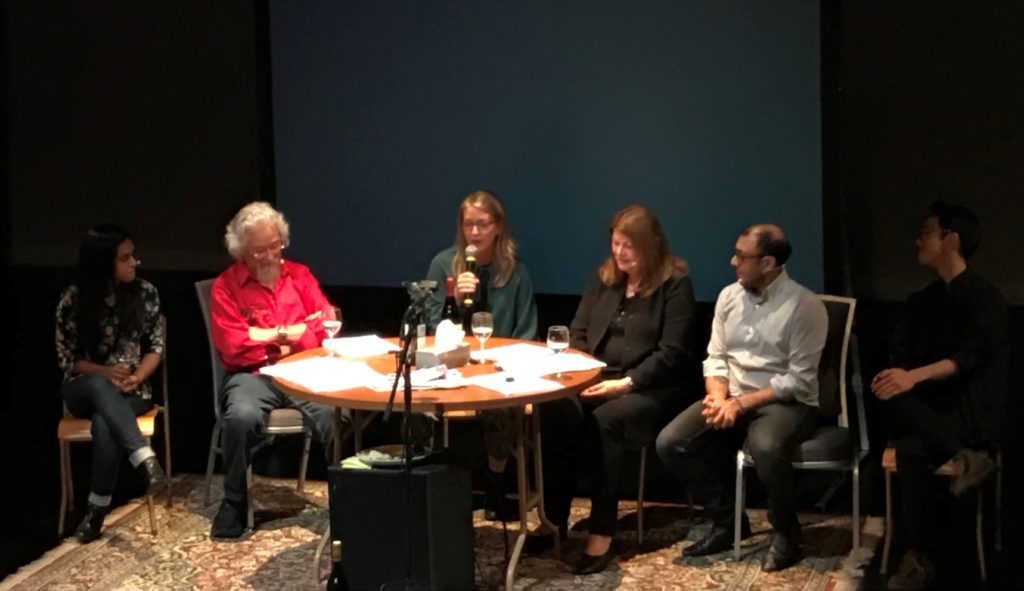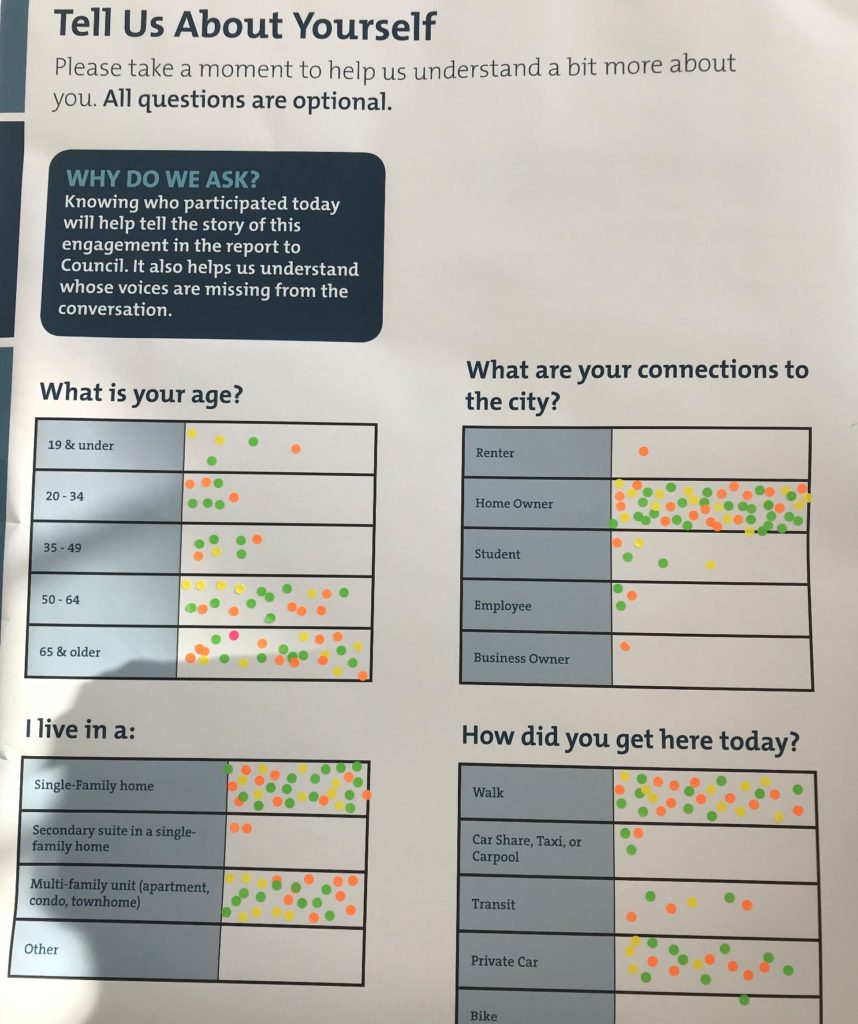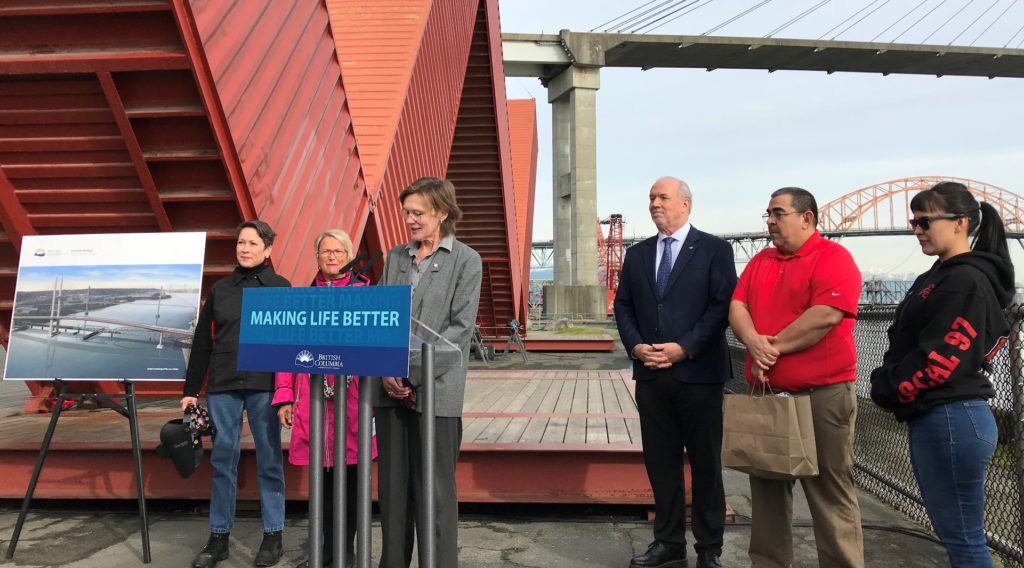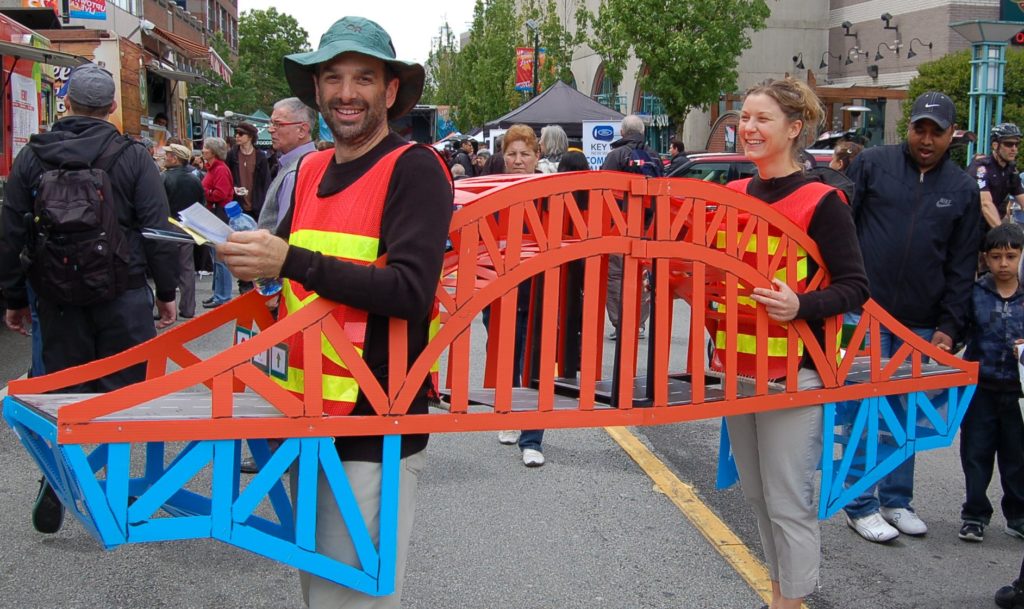We held a special Council meeting on Monday, and I’m sorry I’m so late getting this out. It was recorded on video, despite the slightly-strange chambers set-up to accommodate social distancing, you should be able to follow along with the conversation that occurred. Also note that Monday was a year ago with the pace of change here, so some of the below is updated, some is not. Any discrepancy between the following and today’s reality is likely a product of that lag.
There is one question you may have about why we were physically meeting at all, considering that some participants were able to call in. Short version is that the Community Charter and our Procedure Bylaw require us to have a physical quorum (at least 4 voting members) in the Chambers for it to be a legally constituted meeting, but we will fix that with the first item on the Agenda.
Amendments to the Procedure Bylaw No. 6910, 2004 to Allow for Changes in Notice, and Electronic Meetings
The City has a Procedure Bylaw that outlines, among other things, how we meet the Community Charter requirements for meeting notices, and what constitutes Quorum in Council. These proposed amendments will change the language of that Bylaw to match updated procedures.
The current Procedure Bylaw does not allow Council Meetings to be held remotely through telecommunications – there must be at least 4 members of Council present in chambers to constitute a quorum, otherwise the legal work we do (reading and adopting Bylaws) is not valid. Note the BC Government introduced some legislative changes today to change this, but we were meeting a few days ago, and suspect we still need ot enact our Bylaw to keep everything up to snuff.
We are still required to post notice of meetings in City Hall, but with City Hall closed, we are adding the City’s Website to that requirement (which is good idea for the future anyway). We are also replacing the need to put a notice of a Special Meeting in Council Member’s Personal mailboxes with the need to notify Council Members by E-mail, because it is 2008. Finally, as we need to receive Public Input before changing the Procedures Bylaw, we will be asking for this until the April 3 Special Council Meeting. Which I guess means we are having an April 3 Special Meeting. If you have comments or concerns, please send us an e-mail or letter.
Changes to Council Meetings during the period of the COVID-19 Pandemic
This is, by all definitions, a capital-E Emergency, so staff is suggestion some changes in how we meet as a Council during this time, balancing the need to get work done with the need to follow health authority orders and respecting social distancing protocols.
Our upcoming meetings will not include Open Delegations. There is just no reason to bring your concern in person to Council right now. Write us an e-mail.
We are going to ask Council to be very prudent in suggesting Notices of Motions, and the Mayor will act as a screen to assure we only bring up time-sensitive or important motions. Staff is wanting to avoid the situation like we had last meeting where a Council Member brought a motion that resulted in community outcry and a packed chamber of people from around the region to speak for and against it. We just don’t need that hassle at this time. As an aside, that specific Notice of Motion will be tabled until a more appropriate time.
As much public consultation and committee meetings cannot happen right now, but there is some concern that ongoing work that is important (even to the point of being crises – housing, childcare, climate action) will get delayed because Emergency > Crisis. Though we are putting some work aside right now, starting with cancelling next week’s public hearings, I do want us to think creatively about how we can bring some of those things back on-line, as this situation may stretch on for months, and lost progress will hurt.
I am especially interested to see how we can (technically, and legally) accommodate on-line submissions, set up an online submittal form, facilitate recorded video or audio input to public meetings, etc. Staff right now is pretty over-tasked adapting as much as they can to the emergency situation, so this is best thought of as work we can start once we get ourselves established into a new normal.
Scope of Work of Five COVID-19 Working Groups: Council Approval
As City Committees and Task Forces and much internal work in the City is grinding to a halt, there are some areas of specific need in the City. Staff have set up some temporary working groups/ task forces aligned with the biggest priorities right now. They will be working groups of City Staff, Senior Gov’t agencies, not-for-profit partners and business groups in town, depending on where the subject matter experts are.
There are three out-ward looking working group: At-risk and Vulnerable Populations; Seniors and Persons with Disabilities; and Business Continuity and Local Economy;
We also have two inward-looking working groups to address City operations: Human Resources; and Emergency Operations and IT.
Since the Agenda was put together, there have been two new outward-looking working groups: Childcare; and Education and Enforcement.
This will be the framework for future meetings and reports, so I won’t belabour them too much here.
Protection for Renters during COVID-19 Pandemic
As I blogged earlier, the City doesn’t have a lot of cash lying around, and measures to address the unexpected have to be funded. Staff are making some suggestions of how we can free up some reserve funds (money we have on hand already earmarked for specific purposes), and there is more discussions of budget down below. However, right now there are a lot of people worried about making rent on April 1st, because they have been laid off or their regular income sources are shut down. The City already supports a Rent Bank operated by the Purpose Society and supported by the Province and local Credit Unions. It is suggested that there may be a significant increase in need for this service the months ahead, and it is recommended we move money form the Affordable Housing Reserve Fund into this.
This conversation we knowingly a couple of days before the provincial government introduced their renter-protection measures, but we agreed to commit to a $100,000 infusion from our Affordable Housing Reserve in case it is needed, with a general wiliness to explore other supports that the City may be able to provide through that reserve fund.
COVID-19 New Westminster Emergency Response and Provincial Government Support Request
We are going to need senior government supports here. People, businesses and not-for-profits are lining up asking for supports of various kinds. Local Governments need to assure we are clear with what we need to support our communities and the priorities of our communities. We are prioritizing our requests to help with supply chain for our first responders in Fire and Rescue, Police, and Emergency Operations. Things like masks, sanitizer, gloves and other necessities are challenging to procure now, and the Provincial government has the power to control those supply chains to assure they get to those who need them the most. We also need to prioritize first responders for testing protocols, as they are by necessity, in close contact with many people all day. We need support for the Emergency Operations Centre, and for emergency shelter for the homeless and vulnerable people.
We have also identified an expanded Property Tax Deferral program, some help to replace lost local government revenues (like Casino revenues), and for a ban on eviction for renters. We also asked that some similar consideration be given to business lease-holders, those small businesses that are prevented from operating right now and will, ultimately, be the core of our economic recovery when this is all over.
2020 Budget
Obviously, things have changed since we put our draft budget together last month. We have always referred to it as “draft”, recognizing small adjustments may be necessary, but never in the history of the Local Government Act has so much changed in two weeks as the last two. We need to have a Budget Bylaw and 5-year Financial Plan approved by May, and the unprecedented amount of public consultation and discussion occurred outside of this shit show. Best laid plans. (insert grumpy face emoji).
Council moved to pull back on most of the enhancements in the budget for 2020, excepting those that are already “baked in” – such as changes in interest rates, insurance costs, collective agreements, and such. A 0% tax increase is a fanciful notion, as we have already made significant commitments to 2020 that cannot be undone, and other revenue sources aside from taxation (Casino revenues, parking revenues, recreation and program fees, etc.) are likely going to be much lower than expected. Of course, some savings will be found in not providing some services and there may be some layoffs of staff as some programs simply cannot operate. Problem is, our assumptions about the budget are more tentative than ever, as we don’t know how deep into our 2020-2021 budget year this disruption will continue, we have no idea what our emergency responses are going to cost, and we don’t know how much senior government support is coming to help. That’s a lot of uncertainty for what is usually a very tight and conservative budget process.
It is with a pretty heavy heart that I have to accept that some of the enhancements that we anticipated on 2020 will have to be deferred at least until the 2021 budget year. This does not mean we don’t support those programs, it’s just that with the uncertainty ahead, it is prudent for us to tighten the belt as much as we can to not get into a cash crunch problem.
Staff also suggested, due to the uncertainty of what the emergency response is going to cost, that we re-allocate the 1% Capital Levy to an Emergency Fund. I disagreed, as I think the capital program is still going to need to be funded. However, Council voted to support this change, and in the end the difference between the two approaches is more an instruction to staff about how to prioritize spending than a change in how much revenue we will bring in.
This situation is throwing a wrench on our capital plans for 2020-2024. Some projects will no doubt need to be delayed, though much of our Capital budget is mission-critical maintenance and replacement that will still have to go forward. There will be much more discussion of this in upcoming meetings.
There was a bit of closing roundtable after these items were addressed, to raise a few issues that were not on the agenda. I think the takeaway is that this is really uncharted water for everyone. We have an Emergency Plan and an Pandemic Response Plan, but the first is challenging as it may see a typical emergency as a single short-duration event with long recovery (think flood, earthquake, ice storm) which is clearly not the pattern here, and the latter has never been invoked before. Our emergency services and first responders are managing excellently, staff is doing their best to understand what the new priorities are, and how to address them while obviously being concerned about their own health and that of their families. Council is, ultimately, charged with making the budget and prioritization decisions based on best advice, but we have never had to rely as heavily on this advice (thank you Dr. Henry!) and feedback from residents and the business community about what the community’s priorities are.
Everyone is anxious, but everyone is doing their job as best they can. I think the Mayor and our Management Staff have shown great leadership and flexibility, and I left the meeting no less concerned about the impacts of this pandemic, but more assured that there are positive things we can do to help our community, to keep people safe, and to prepare for the inevitable after-effects on our community.
Reach out (metaphorically) to each other, folks. Find out what your neighbour needs, and if you can help. If you can think about those half-dozen small businesses in town that really make you proud to live in New West, now would be a good time to reach out to them and see if they have on-line offerings or delivery, or if there is any way you can help them bridge through this time. And if you need help, please reach out to the City, either through the Council e-mails, or through the City’s website (see a special section here). Take care of each other!

